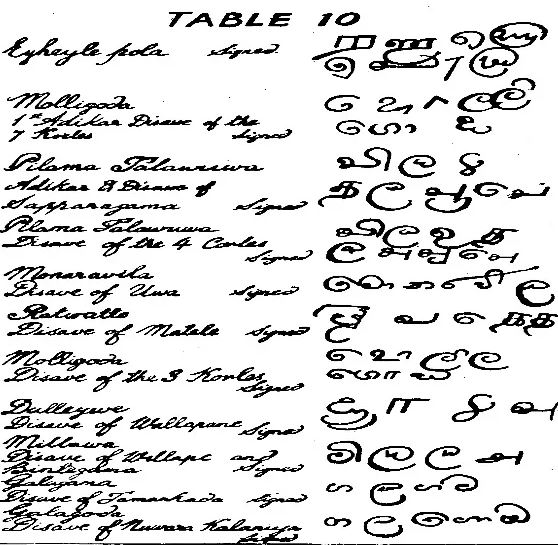Sri Lanka Language

Sri Lanka Language diversity reflects its rich cultural heritage and history of interaction among different ethnic groups. While Sinhala and Tamil are the dominant languages, English plays a key role in bridging communication gaps and facilitating global connections. The country’s language policy aims to promote inclusivity and respect for linguistic diversity.
Day Tours to Main Cultural Sites
There are many Cultural Heritage sites to visit different language spoken villages and old language text on stones. Most famous places are Anuradhapura, Polonnaruwa, Kandy and Sigiriya.
Sri Lanka is a linguistically diverse country with multiple languages spoken by different communities. The two official languages are Sinhala and Tamil, while English serves as a link language. Here’s an overview of the linguistic landscape of Sri Lanka:
1. Sinhala
- Status: Official Language, National Language
- Speakers: Approximately 74% of the population
- Script: Sinhala script
- Overview: Sinhala is the mother tongue of the Sinhalese people, the largest ethnic group in Sri Lanka. It is an Indo-Aryan language that evolved from ancient languages spoken in northern India. Sinhala has a rich literary tradition, with texts dating back over 2,000 years. The language is widely used in government, education, media, and day-to-day communication in the Sinhalese-majority areas of the country.
2. Tamil
- Status: Official Language, National Language
- Speakers: Approximately 18% of the population
- Script: Tamil script
- Overview: Tamil is spoken primarily by the Tamil ethnic group, which includes Sri Lankan Tamils, Indian Tamils, and a significant number of Moors (Muslims). It is a Dravidian language with a long history and a rich literary tradition, including classical works that date back more than two millennia. Tamil is predominantly spoken in the Northern and Eastern provinces, as well as in certain areas of the Central Province. It is also widely used in Tamil-medium schools, media, and government services in Tamil-majority regions.
3. English
- Status: Link Language
- Speakers: Widely spoken as a second language
- Script: Latin script
- Overview: English serves as a link language in Sri Lanka, facilitating communication between different linguistic communities. It is widely used in government, business, education, and the legal system. English proficiency varies across the country, with urban areas generally having higher levels of English fluency. The language also plays a crucial role in higher education and international relations.
4. Other Languages
- Speakers: Small communities and minority groups
- Overview: In addition to Sinhala, Tamil, and English, there are several other languages spoken by smaller communities in Sri Lanka. These include:
- Malay: Spoken by the Sri Lankan Malay community, a small ethnic group of Malay descent.
- Portuguese Creole: A creole language spoken by the Burgher community, which descends from Portuguese, Dutch, and other European settlers.
- Veddah Language: Spoken by the indigenous Vedda people, though it is nearly extinct and heavily influenced by Sinhala.
Language Policy and Education
Sri Lanka’s language policy promotes the use of both Sinhala and Tamil as official languages, ensuring that government services and education are available in both languages. The constitution guarantees the right to education in one’s mother tongue, and schools offer instruction in either Sinhala or Tamil, with English often taught as a second language.
Day Tour Price to Cultural Sites
- Transport Cost for Anuradhapura USD 95 – Polonnaruwa USD 95 – Sigiriya USD 70 per private tour in an A/C car or van with an English speaking chauffeur-guide
Vehicle Options:
Car (up to 2 persons): Toyota Axio, Prius Hybrid, Premio/Honda Fit Shuttle or similar
Van (3 to 6 persons): Toyota KDH/Nissan Caravan or similar
- Entrance ticket fee for Anuradhapura/Polonnaruwa/Sigiriya Sri Lanka – Ticket price for each place US$ 35 / EUR 31 / GBP 26) per foreign adult and US$ 17 / EUR 16 / GBP 13 ticket price per foreign child of age 05 – 12 years are applicable.